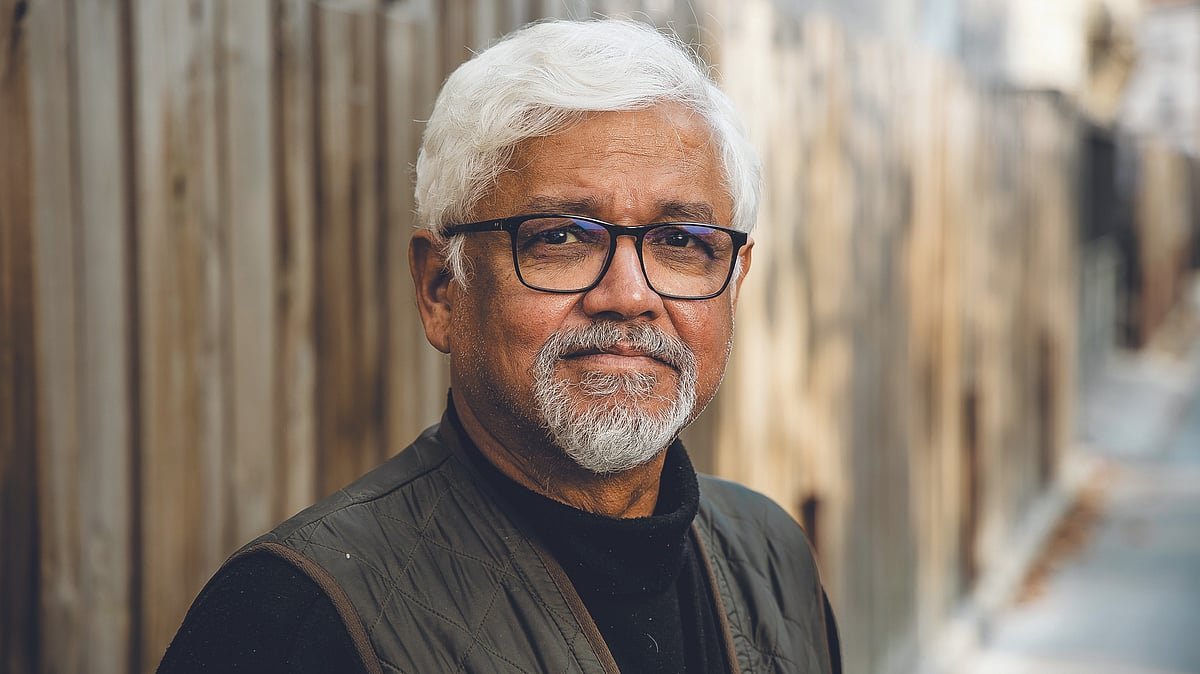Amitav Ghosh is someone who can truly be seen as a chronicler of our times. The novelist and journalist has been awarded and felicitated across the world for his works which have been translated into more than thirty languages. Some of acclaimed works in fiction and non-fiction include The Shadow Lines, The Glass Palace, The Hungry Tide, the Ibis Trilogy (comprising the novels Sea of Poppies, River of Smoke and Flood of Fire), The Great Derangement, Gun Island, The Nutmeg’s Curse, Jungle Nama, The Living Mountain and Smoke and Ashes. In his latest book Wild Fictions, Ghosh brings together his writings which have been a subject of interest for him over the past 25 years, including literature and language; climate change and the environment; human lives, travel and discoveries.
In a chat with The Free Press Journal, the renowned author threw light on what led him to come up with Wild Fictions.
Excerpts from the interview:
The book encapsulates your concerns and interests spanning across 25 years. How did you think of capturing them all in one book?
It wasn’t an easy task, but over the years, I’ve realised that my work—whether fiction or non-fiction—has always circled around certain recurring themes: the environment, colonialism, migration, and the interconnectedness of human histories. This book is an attempt to bring together these threads, to show how they are intertwined and how they have evolved in my thinking. It’s like looking back at a journey and realising that all the paths I’ve taken lead to the same set of concerns. The process involved revisiting old essays, rethinking some ideas, and finding a way to present them cohesively.
This is a book of non-fiction, so then why the title ‘Wild Fictions’?
While the book is non-fiction, it deals with the stories we tell ourselves—about nature, about progress, about the future. These narratives, even though they purport to be about the real world, are actually often based on false assumptions – hence they generate fictions. The title is a nod to the wild, uncontrollable nature of these narratives and how they shape our world.
While Antonio Gramsci’s term ‘time of monsters’ concerned fascists, you see this time of monsters as those that deal with weather events. Why do you say so?
Gramsci’s phrase “the old world is dying, and the new world struggles to be born” refers to a time of chaos and upheaval. Today, I believe we are living in a similar moment, but the “monsters” we face are not just political—they are environmental. The weather events we are experiencing—hurricanes, floods, wildfires—are monstrous in their scale and unpredictability. They are a manifestation of the chaos unleashed by human activity, and they demand a radical rethinking of how we live and organise our societies.
What is the title you relate with more? Are you a writer, climate warrior or activist? Or all three?
I see myself first and foremost as a writer. Writing is my way of engaging with the world, of making sense of its complexities. I certainly don’t think of myself as a “warrior”—that implies a kind of militancy that doesn’t quite fit my approach. I prefer to think of my work as a form of storytelling that seeks to illuminate the challenges we face and inspire action.
What are you working on now?
I’m working on a novel.




